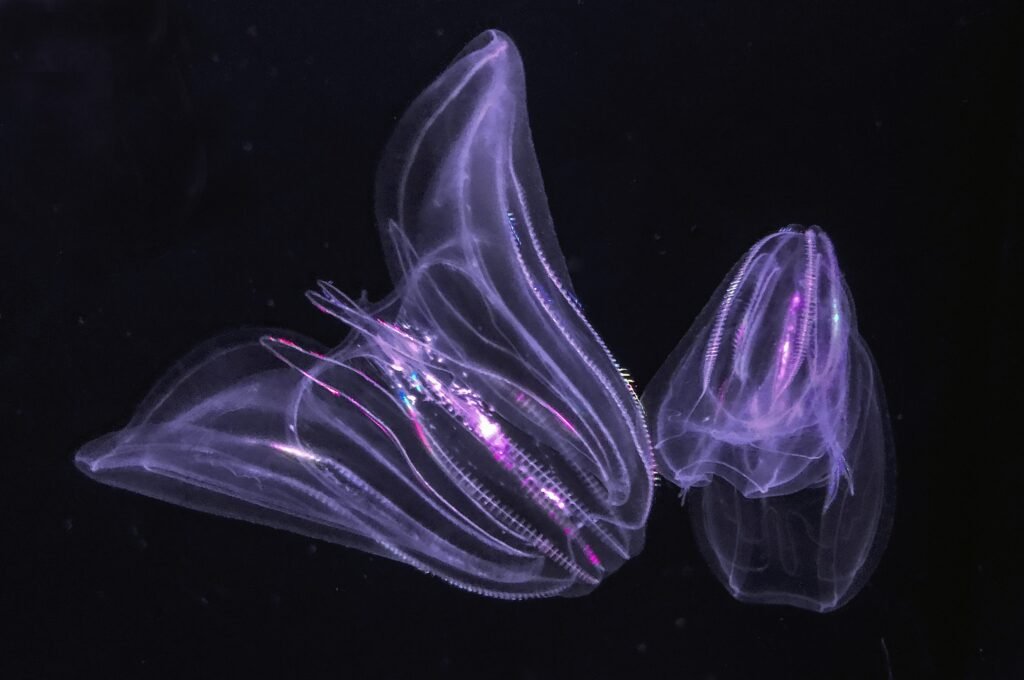Deer Zombie disease may spread to humans, health experts warn
According to the Centers for Illness Control and Prevention (CDC), zombie deer is a chronic wasting disease (CWD) that first appears in deer, elk, reindeer, sika deer, and moose. The origin of the term “zombie deer” is unknown.
This disease eats away at the brains of those animals, causing dementia-like symptoms and eventually death. There are no therapies or vaccinations either.

Prions cause the spread of CWDs among animals. Prions are a group of nearly indestructible proteins that damage both animals and humans. They produce an uncommon progressive neurodegenerative illness. It affects the neurological system and worsens with time.
The World Health Organization has suggested that agents of recognized prion illnesses, such as zombie deer disease-infected animals, not enter the human food chain. However, there is no convincing evidence that humans may get infected by CWD prions from animals.
Symptoms of Deer Zombie Disease
- The disease causes brain cells and spinal cord to fold improperly and cluster together.
- Around a year after infection, animals start showing signs such as dementia, wobbliness, drooling, aggressiveness, and weight loss.
Affected areas by Zombie disease
The National Park Service discovered the disease in a deer carcass in Yellowstone National Park in mid-November. CDC said the disease in free-ranging deer, elk, or moose has been reported in at least 31 states in the continental United States and three provinces in Canada in Nov 2023.
Click here to read the updates on NASA sent cat video from deep space using laser technology
Norway, Finland, Sweden, and South Korea have also reported cases. According to the US Geological Survey, the first zombie deer sickness case was detected in Colorado in 1967.
The possibility of CWD transmitting to humans
There have been no reports of zombie deer sickness spreading to humans thus far. However, experimental research on CWD suggests that it is a possibility if humans consume diseased meat. The CDC currently estimates that up to 15,000 CWD-infected animals are eaten each year.
Health officials and animal management agencies say that people can lower their risk by not eating meat infected with CWD, hunting and processing meat safely, and following the advice given by health groups.
It is crucial to stay updated with news from health agencies and study centers working on CWD. Because our knowledge of it and its possible risks may change as more research is done.
Read More:
- Sea creature turns into a baby when it is stressed out showing time travel
- Realme Narzo 70 Turbo 5G launch date, features, specifications & price
- European Space Agency printed 3D metal part in space for first time
- Earth’s mysterious Alaska triangle where over 20,000 people disappeared
- Philips Hue launched a new smart lighting solution for kitchen
- NASA to launch life-searching spacecraft to Jupiter’s moon Europa
Share this content:










Post Comment